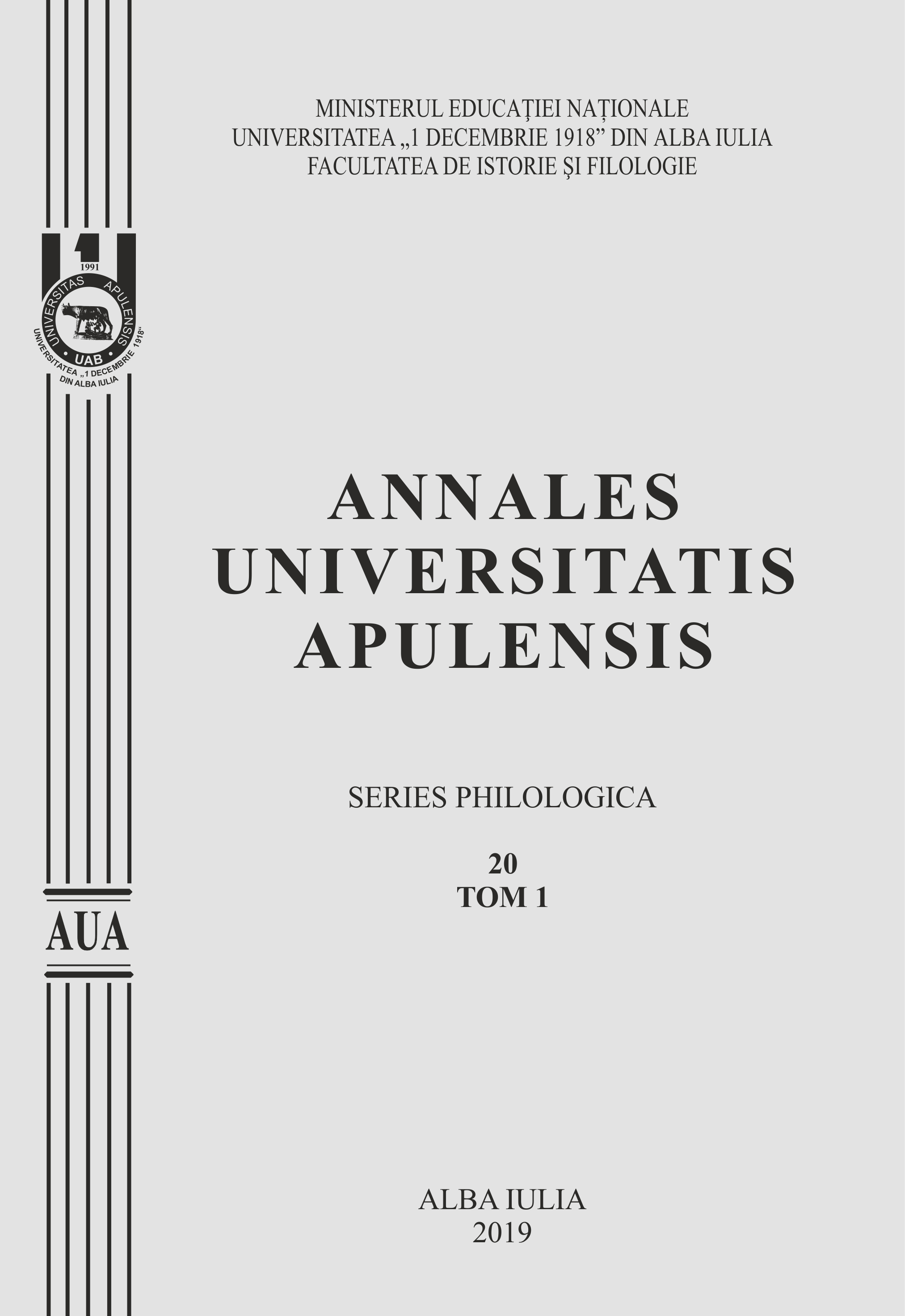ÎNTRE TRAGIC ȘI COMIC – DOUĂ LECTURI, ÎN OGLINDĂ
BETWEEN TRAGIC AND COMIC – TWO READINGS IN DIALOGUE
Author(s): Georgeta OrianSubject(s): Language and Literature Studies, Studies of Literature, Romanian Literature
Published by: Universitatea »1 Decembrie 1918« Alba Iulia
Keywords: theatre; parable; exile; totalitarianism; dissident literature; L.M. Arcade; Marin Sorescu;
Summary/Abstract: The meeting point between the Romanian playwrights L. M. Arcade and M. Sorescu seems to have been, just as it happened with other creative voices, the Literary Circle of Neuilly, which ‘became not only a gathering point for the exiled writers, but also a starting point for many new comers. Above all, the circle enabled the contact between the visiting writers from Romania with those in exile, this way being a unique meeting place. Thus, during their visits in Paris, writers such as Marin Preda, ȘtefanBănulescu, Marin Sorescu, Ana Blandiana, Ion Caraion or DumitruȚepeneag, but also scholars such as AlexandruPaleologu, PetruComarnescu, Cornel Regman or NicolaeManolescu showed up rather conspiringly for lectures or read their own writings.’ (Eva Behring). The meeting of the two writers who were on the two sides of the official border can also be noticed at a deeper level of the two texts we shall refer to in our paper (ScrisorileluiCondurică [Condurică’s Letters] andDesfacereagunoaielor [Garbage Sales]), in the network of intentions and ideas which could produce what we call ‘dissident literature’. The two theatre plays we have in mind share the same allusive style, the criticism as towards the ruling system, the message more or less in disguise to the readers who were used to the realities of the Communist regime, the faulty communication between and amongst people, the irony and sarcasm, the comic in monstrous forms. The realities registered by the replies of most of the characters have the most complex shapes: from tragic to comic, through grotesque, from clear ideas to ideas in disguise (intertextually). The reading key requires deciphering several parables or allegories. Put together, the two plays seem to complete each other as if they were one, both sharing a core of life sequences lived in Communism.
Journal: Annales Universitatis Apulensis. Series Philologica
- Issue Year: 20/2019
- Issue No: 1
- Page Range: 15-26
- Page Count: 11
- Language: Romanian

